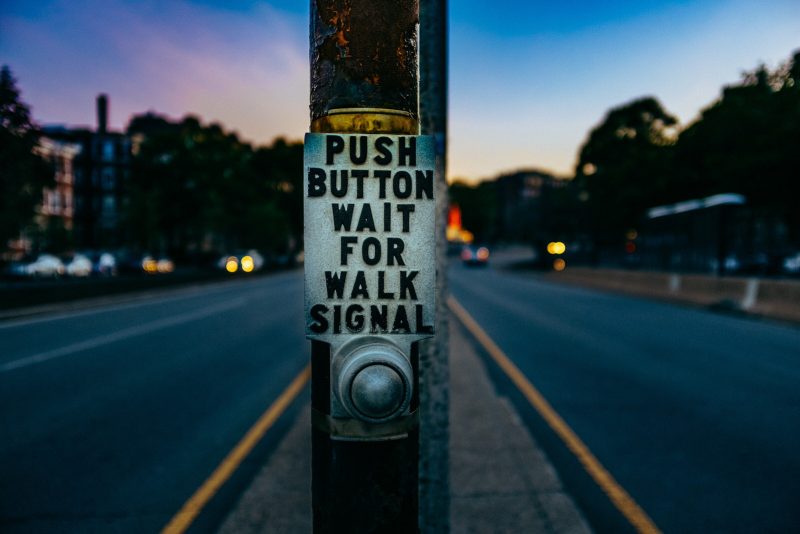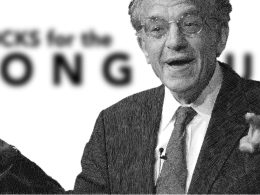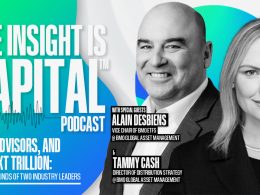by Lance Roberts, RIA
Will the Fed pause its rate hikes as markets correct? That is the question that everyone is trying to answer. Of course, after more than a decade of monetary interventions, investors have developed a “Pavlovian” response to market declines and the “Fed Put.”
Classical conditioning (also known as Pavlovian or respondent conditioning) refers to a learning procedure in which a potent stimulus (e.g. food) is paired with a previously neutral stimulus (e.g. a bell). What Pavlov discovered is that when the neutral stimulus was introduced, the dogs would begin to salivate in anticipation of the potent stimulus, even though it was not currently present. This learning process results from the psychological “pairing” of the stimuli.
Importantly, for conditioning to work, the “neutral stimulus,” when introduced, must be followed by the “potent stimulus,” for the “pairing” to be completed. For investors, as each round of “Quantitative Easing” was introduced, the “neutral stimulus,” the stock market rose, the “potent stimulus.”
Each time a more substantial market correction occurred, Central Banks acted to provide the “neutral stimulus.”

So, with the market having one of the roughest starts ever to a new year, investors are asking the question:
“What does this mean for the economy and how bad does it need to be for the Fed to pause?”
Fed Still Sees A Bull Market
Investors have been under a tremendous amount of pressure this year. As Ethan Harris recently indicated in a note from BofA:
“People close to the market are understandably unhappy about the drop in the S&P 500 since the end of last year.”
The chart below is an “investor’s view of the S&P 500.”

In other words, as I discussed in February, everyone is wondering where the “Fed Put” is. To wit:
“The “Fed put” is the level where the Fed will take action to support asset markets by reversing rate hikes and restarting quantitative easing (QE) programs.
In February, the BofA fund managers survey pegged 3750 as the level they thought the “Fed put” resided.

However, by April and May, BofA revised its “Fed Put” levels down to 3500.

Out targets are slightly different as they are a function of Fibonacci retracement levels from the March 2020 closing lows. From the peak close of the market, the targets are:
- 38.2% rally retracement = 3829 = 20% market decline (Fed likely worried)
- 50% rally retracement = 3523 = 27% market decline (Margin calls triggered. Fed likely acts.)
- 61.8% rally retracement = 3217 = 33% market decline (Fed put triggered)

Interestingly, a 33% decline only erases market gains from early 2020.
There are two reasons why the “Fed Put” might be lower than 3500.
The first reason is the Fed sees things differently than Wall Street or retail investors. While the market has declined this year, the market remains higher than in 2020. The Fed doesn’t mind a “disinflation” in asset prices to reduce excess market speculations. Furthermore, the market decline also contributes to its tightening monetary policy to mitigate inflationary pressures.

While equity prices are important, it’s the credit market the Fed focuses on.
No Credit Stress Means No Fed Pause
When it comes to the financial markets, the Fed’s primary focus is “financial stability.” After the financial crisis, the stability of credit markets became a primary focus of the Federal Reserve. As noted previously:
“With the financial ecosystem now more heavily levered than ever, the “instability of stability” is now the most significant risk. The “stability/instability paradox” assumes that all players are rational and such rationality implies avoidance of complete destruction. In other words, all players will act rationally, and no one will push “the big red button.”
While retail investors wonder when the Fed will intervene, there is little evidence of severe market stress. Currently, credit spreads are not spiking, suggesting the bond market is functioning normally. With inflation running hot, the spread between junk and A-rated bonds gives the Fed room to hike rates for now.

While credit spreads have risen and markets declined, such has remained orderly, as shown by the subdued rise in volatility. However, the Fed is sensitive to credit markets and previously acted quickly at the first hint of turmoil.

Absent a disorderly meltdown; the Fed will remain focused on stocks being still above their pre-crisis peak. As BofA notes:
“Since in a typical consumption model, households react to sustained changes in prices over a period of three years or so, the Fed is convinced the wealth effect is still positive.”
From that view, and with little stress in the credit market, the Fed can remain focused on combating inflation.
However, make no mistake, as the Fed continues to hike rates, there is an increasing risk that “orderly” markets rapidly become “disorderly.“
Will the Fed “pause” their rate hikes?
That answer is “yes.”
The only questions are “when will it happen,” and “how fast will the Fed have to reverse course?”













